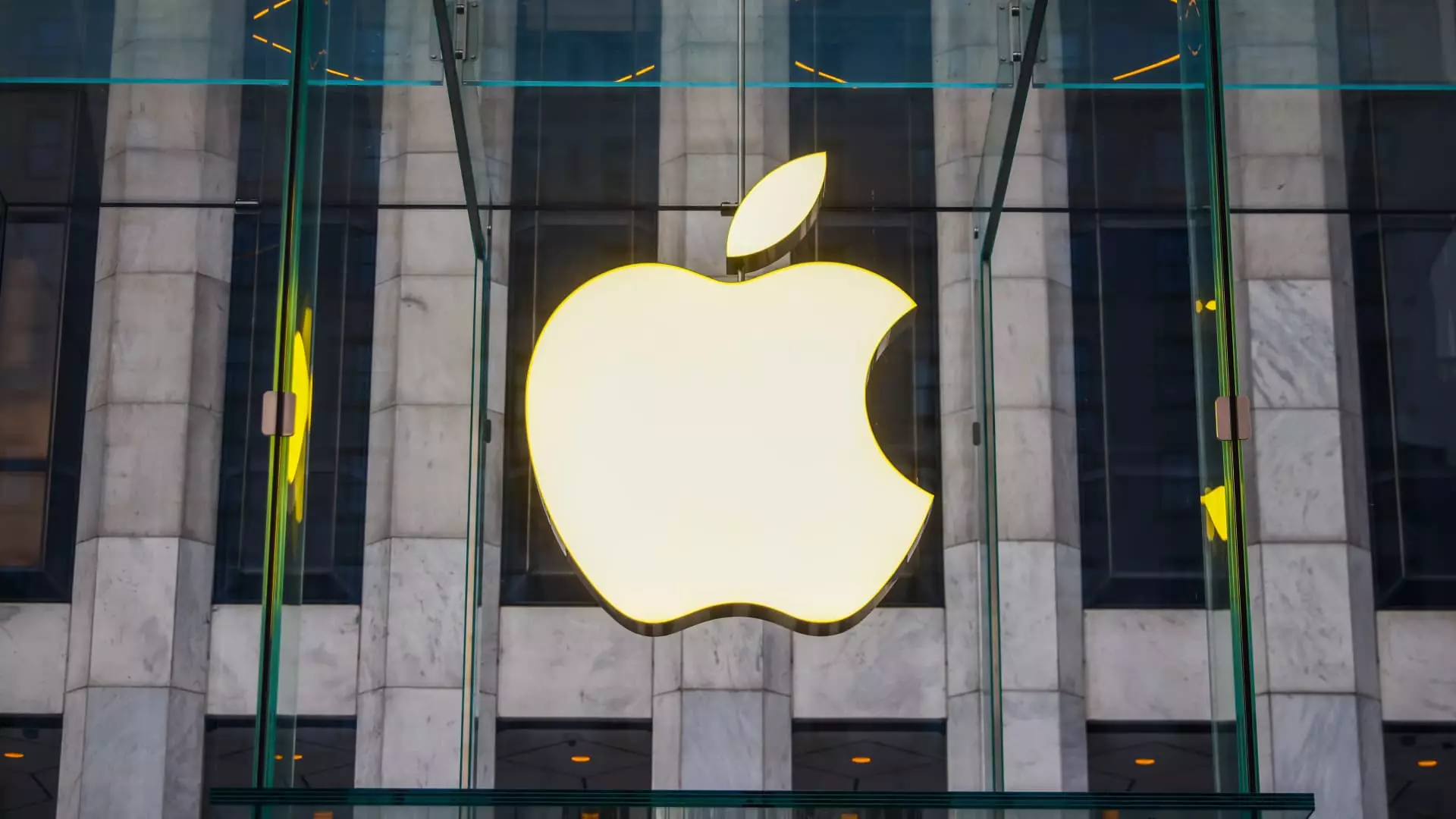In the constantly shifting context of the stock market, few names carry as much weight as Apple Inc. and Berkshire Hathaway. Recently, Berkshire Hathaway, that renowned conglomerate guided by the investment acumen of Warren Buffett, made headlines by slashing its stake in Apple by approximately 25% during the third quarter. As of the end of September, Berkshire’s stake in Apple still stood tall at an impressive valuation of around $69.9 billion, affirming that despite trimming its holdings, Apple remains Berkshire’s largest investment. This strategic move raises pertinent questions regarding the motivations behind such decisions in an ever-volatile market.
Understanding this decision involves unpacking two elements: the broader implications for Berkshire Hathaway’s investment strategy and the specific context of Apple’s market performance. Berkshire’s stakes are not only limited to Apple but also extend to other major companies, like Bank of America, from which a reduction was also noted recently. As Berkshire’s cash reserves have now amplified beyond $300 billion, investors are left to ponder their strategy in conjunction with a higher cash availability. This juxtaposition suggests a tactical shift rather than an outright lack of confidence in Apple’s growth potential.
The immediate market response to Berkshire’s announcement manifested in Apple’s stock price, which witnessed a dip of 1% in the following trading session. Leading up to this news, Apple shares had already been on a gradual decline, recording a total loss of approximately 5.5% from its record high of $236 achieved earlier in October. The market’s mixed reaction reveals a particular hesitance among investors, especially following a quarterly earnings report that, while better-than-expected, did not quell all concerns surrounding the tech giant.
Despite Apple’s reported revenue and earnings per share surpassing expectations, analysts appear to be scrutinizing its future trajectory closely. Loop Capital’s reduction of Apple’s price target from $300 to $275 per share exemplifies this cautious outlook, even as they suggest a still-handsome 24% upside potential from recent closing prices. On the flip side, some firms, such as Morgan Stanley, have pointed to Apple’s robust growth in operating margins—at a decade-high—indicating that underneath the layers of scrutiny lies significant strength.
In the world of stock investments, narrative can play as crucial a role as empirical data. For Apple investors, a barrage of headlines regarding both Apple and Berkshire Hathaway often leads to emotional, rather than informed, trading decisions. Jim Cramer, a prominent financial commentator, articulated a familiar sentiment among veteran investors: “own it, don’t trade it.” This captures a core philosophy in the face of fluctuating narratives—that food for thought should be drawn from fundamentals rather than knee-jerk reactions to news cycles.
Cramer’s perspective on Buffett’s asset prioritization suggests that Berkshire Hathaway’s selling is less about a lack of faith in Apple and more reflective of a strategic shift to take profits amid a vertical climb in stock prices. This notion speaks to a broader investment principle—timing the market can often lead to unfavorable outcomes for investors who react impulsively rather than sticking to a solid long-term investment philosophy.
As we peer into the future of Apple and its role within Berkshire Hathaway’s portfolio, it becomes increasingly essential to distinguish between short-term market fluctuations and long-term value. Apple continues to demonstrate resilience amid challenges, bolstered by innovations in its product line and global revenue streams, while Berkshire’s decisions should be seen as part of a nuanced strategy rather than a commentary on Apple’s health.
Ultimately, for current and potential investors, the key takeaway lies in understanding the dynamics at play. In a time when tree-shaking headlines seem to dictaterealities, grounding investment decisions in a robust analytical framework remains imperative. As the financial narrative develops, so too should strategies that appreciate and capture the true value nestled within companies like Apple.

